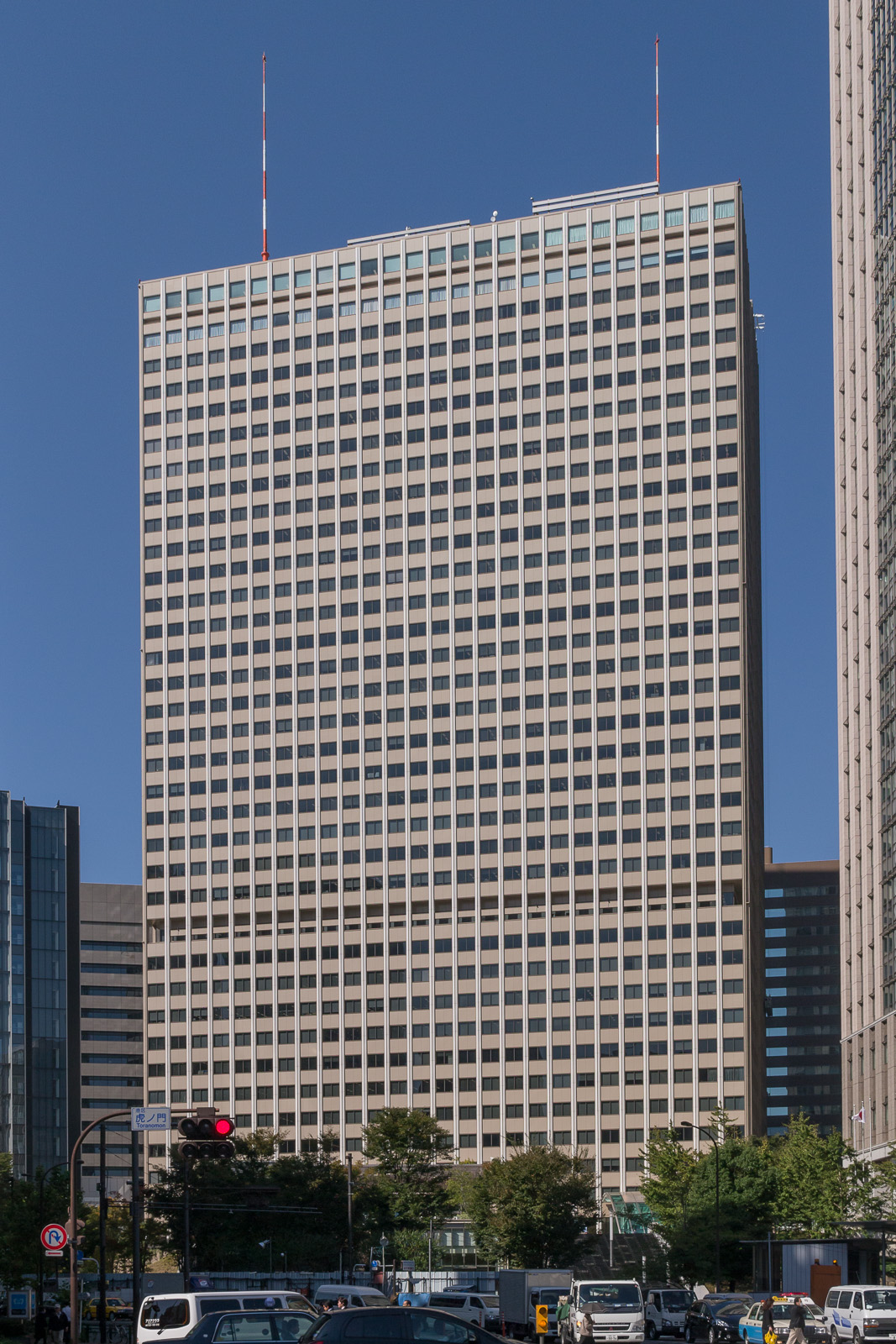|
Kasumi Kaikan
The Kasumi Kaikan (霞会館) is the association of the former ''kazoku'' of Japan. It was originally called the Kazoku Kaikan (華族会館), or Peers' Club, and renamed in 1947 after the post-war Constitution of Japan abolished the hereditary peerage. The association used to have its headquarters in the Rokumeikan building. The association is a social club, similar to a gentlemen's club but women are also members. Membership is strictly limited to 950 families of the ''kazoku''. Emperor Akihito and Empress Michiko as well as other members of the Japanese imperial family visit the club for special occasions. The association owns the Kasumigaseki Building in Kasumigaseki, a 36-story skyscraper A skyscraper is a tall continuously habitable building having multiple floors. Modern sources currently define skyscrapers as being at least or in height, though there is no universally accepted definition. Skyscrapers are very tall high-ris ..., and has its club rooms on the 34th ... [...More Info...] [...Related Items...] OR: [Wikipedia] [Google] [Baidu] |
Kasumigaseki Building - Nov 21 2019 Various 16 02 30 766000
Kasumigaseki (霞が関, 霞ヶ関 or 霞ケ関) is a district in Chiyoda Ward in Tokyo, Japan. It is the location of most of Japan's cabinet ministry offices. The name is often used as a metonym for the Japanese government bureaucracy, while Nagatachō refers to the elected government or the legislative branch. Kasumigaseki Station was one of the stations affected during the Tokyo subway sarin attack. Notable sites Government offices * 2nd Bldg. of the Central Common Government Office ** Japan Transport Safety Board ** National Public Safety Commission * Fair Trade Commission * Coast Guard * Patent Office * Ministry of Internal Affairs and Communications * Ministry of Agriculture, Forestry and Fisheries * Ministry of Economy, Trade and Industry * Ministry of Finance *Ministry of Foreign Affairs * Ministry of Justice * Ministry of Land, Infrastructure, Transport and Tourism * Ministry of Health, Labour and Welfare *Ministry of Education, Culture, Sports, Science and ... [...More Info...] [...Related Items...] OR: [Wikipedia] [Google] [Baidu] |
Voluntary Association
A voluntary group or union (also sometimes called a voluntary organization, common-interest association, association, or society) is a group of individuals who enter into an agreement, usually as volunteering, volunteers, to form a body (or organization) to accomplish a purpose. Common examples include trade associations, trade unions, learned society, learned societies, professional associations, and environmental movement, environmental groups. All such associations reflect freedom of association in ultimate terms (members may choose whether to join or leave), although membership is not necessarily voluntary in the sense that one's employment may effectively require it via occupational closure. For example, in order for particular associations to function effectively, they might need to be mandatory or at least strongly encouraged, as is true of trade unions. Because of this, some people prefer the term common-interest association to describe groups which form out of a common i ... [...More Info...] [...Related Items...] OR: [Wikipedia] [Google] [Baidu] |
Kazoku
The was the hereditary peerage of the Empire of Japan, which existed between 1869 and 1947. They succeeded the feudal lords () and court nobles (), but were abolished with the 1947 constitution. Kazoku ( 華族) should not be confused with ''"kazoku ( 家族)"'', which is pronounced the same in Japanese, but with a different character reading that means "immediate family" (as in the film ''Kazoku'' above). Origins Following the Meiji Restoration of 1868, the ancient court nobility of Kyoto, the , regained some of its lost status. Several members of the , such as Iwakura Tomomi and Nakayama Tadayasu, played a crucial role in the overthrow of the Tokugawa shogunate, and the early Meiji government nominated to head all seven of the newly established administrative departments. The Meiji oligarchs, as part of their Westernizing reforms, merged the with the former into an expanded aristocratic class on 25 July 1869, to recognize that the and former were a social class d ... [...More Info...] [...Related Items...] OR: [Wikipedia] [Google] [Baidu] |
Constitution Of Japan
The Constitution of Japan (Shinjitai: , Kyūjitai: , Hepburn: ) is the constitution of Japan and the supreme law in the state. Written primarily by American civilian officials working under the Allied occupation of Japan, the constitution replaced the Meiji Constitution of 1890 when it came into effect on 3 May 1947. The constitution provides for a parliamentary system of government and guarantees certain fundamental rights. In contrast to the Meiji Constitution, which invested the Emperor of Japan with supreme political power, under the new charter the Emperor was reduced to "the symbol of the State and of the unity of the people" and exercises only a ceremonial role acting under the sovereignty of the people. The constitution, also known as the MacArthur Constitution, , or the , was drafted under the supervision of Douglas MacArthur, the Supreme Commander for the Allied Powers, during the Allied occupation of Japan after World War II. Japanese scholars reviewed and modi ... [...More Info...] [...Related Items...] OR: [Wikipedia] [Google] [Baidu] |


.jpg)

